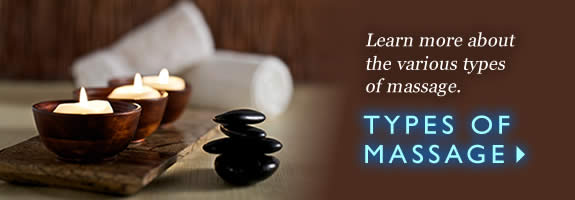Some people say they don’t feel like they’ve gotten a good massage unless it hurts or unless they have bruises on their bodies. While there are certain deep tissue techniques that may cause discomfort, a massage done correctly should not be painful. Pain should never be a goal for the massage session.
Pain and bruising are signs of tissue damage, such as microscopic muscle tears and broken blood vessels. A massage done properly is used to gently stretch and relax muscles; to move fluids such as blood and lymph, more effectively through the body; and, to facilitate the removal of toxins from the tissues.
Techniques such as Rolfing and deep tissue massage have a reputation for causing pain. Depending on your level of touch tolerance the session may be a little uncomfortable, but it should never be outright painful.
A good massage therapist will first warm up an area of the body with long, slow strokes, called effleurage, and continue with kneading movements referred to a petrissage. These traditional massage techniques will soften up the superficial tissue and allow the therapist to work deeper without causing pain. An inexperienced therapist, or one who was not taught correctly, will often just dig right in with deep pressure. This is basically an assault on the muscle tissue which responds with pain.
If you are feeling uncomfortable or experiencing pain during your massage, don’t be afraid to communicate this to your massage therapist. It is the only way he or she will know how you feel, and your feedback will be appreciated. Ask them to use a lighter touch, more suited to your comfort level. After all, the massage therapist’s goal is to make you feel better, more relaxed and less stressed than when you came in. They also want you to be a repeat customer!




